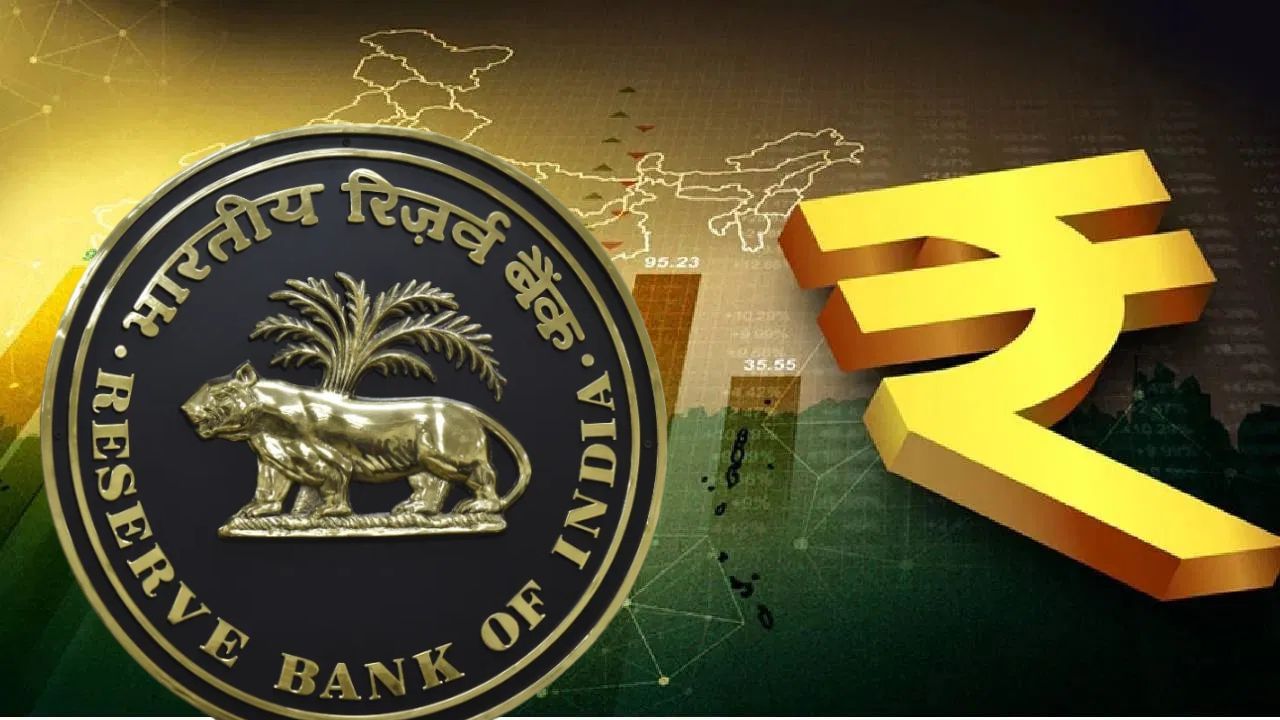India has taken another step forward in getting the rupee recognized at the international level. Which India has started with its own neighboring countries. Now Indian banks will give loans in rupees to the people of Bhutan, Nepal and Sri Lanka in their international branches. This is a step which will give the rupee the strength to stand against the Chinese Yuan and the US Dollar. It will also help in giving international recognition to the rupee. If this formula of India is successful in these two countries, then it can be started in other countries of South East Asia as well as African countries.
RBI has recently taken many important decisions to give international recognition to the rupee. Also, India’s UPI has been completely successful in many countries of the world. Because of which the rupee has helped a lot in getting a new identity. Besides, digital currency of Rupee is also going to come in the coming days. Which RBI can announce soon. Let us also tell you which action of RBI has caused sleepless nights from China to America.
Loan will be available in these countries
Giving information, the Reserve Bank of India (RBI) has said that Indian banks and their foreign branches can now provide loans in Indian rupees to the people and banks living in Bhutan, Nepal and Sri Lanka. RBI said in a statement that this step has been taken under amendments to the Foreign Exchange Management (Borrowing and Loan) Regulations, 2018 and Foreign Exchange Account Management Regulations, 2015. Its objective is to facilitate external trade and payments. The Reserve Bank said authorized dealer banks in India and their overseas branches are now permitted to extend loans in rupees to individuals and banks resident in Bhutan, Nepal and Sri Lanka, to facilitate cross-border trade transactions.
RBI extended the period of this thing
Apart from this, in January 2025, RBI had given permission to Indian exporters to store their export proceeds by opening foreign currency accounts in any bank abroad. Till now it was mandatory to send back the unused balance in these accounts by the end of the next month. However, RBI has now increased this period to three months, if the foreign currency account is maintained with a bank in India’s IFSC. RBI had announced this step during its bi-monthly monetary review on October 1, 2025.
Many announcements were made in the policy meeting
While announcing the policy on October 1, RBI had also announced several reforms to internationalize the rupee. While giving information, RBI Governor Sanjay Malhotra had said that new measures are being taken to promote wider use of Indian rupee in cross border transactions. This step is part of its strategy of currency internationalization. The government has been taking steps for several months to internationalize the rupee, which means making the Indian currency widely accepted and usable for global trade, finance and investment. Malhotra had said that we are continuously working in this regard. RBI Governor Sanjay Malhotra had proposed three measures for globalization of the rupee. This step has been taken at a time when India is trying to introduce the rupee as a stable currency.
RBI had suggested these three measures
RBI had said that authorized dealer (AD) banks will now be allowed to give loans in Indian rupees to non-residents of Bhutan, Nepal and Sri Lanka for business related transactions. This is expected to further strengthen trade agreements in Indian Rupee with neighboring economies. According to Commerce Ministry data, 90 percent of India’s exports to South Asia in 2024/25 will be to these four countries, which will be about $25 billion.
As a second step, the RBI plans to set transparent reference rates for the currencies of India’s major trading partners. The move is aimed at making pricing more predictable and strengthening the use of the rupee in invoicing and settlement of international trade. RBI Deputy Governor T Ravi Shankar had said in a press conference after the announcement of the RBI policy decision that it aims to reduce the use of crossing currencies to get rates. “This will help both our currency and other currencies.”
Shankar had said that Indonesian Rupiah and UAE Dirham are among the currencies for which the central bank is considering setting reference rates. He said that this is a case where first the reference rates have to be shown and then the market has to move accordingly. RBI currently publishes reference rates for the US dollar, euro, Japanese yen and sterling.
The third proposal seeks to widen the use of balances in Special Rupee Vostro Accounts (SRVA). These balances, which currently facilitate trade settlement in local currency, will now be eligible for investment in corporate bonds and commercial papers. In August, the RBI had allowed foreign investors to invest their surplus vestro balance amounts in central government securities.
Prior to this, RBI has taken several steps, including bilateral agreements for trade settlement in rupees, encouraging Indian payment systems like UPI for cross-border transactions, and measures to reduce the volatility of the rupee, making the currency more stable and attractive to international investors and businesses.
